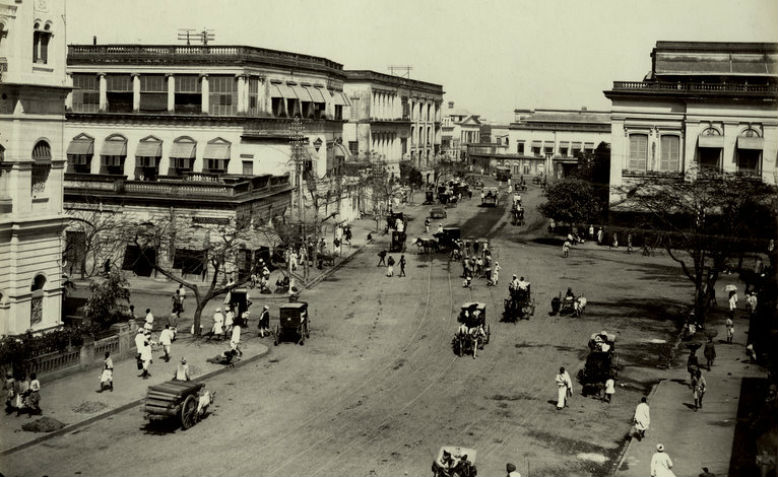 Chowringhee Road, Calcutta, c. 1870. Photo: Wikimedia Commons
Chowringhee Road, Calcutta, c. 1870. Photo: Wikimedia Commons
Tanika Gupta’s reimagined Ibsen shines a light on the class-based oppression inherent to colonialism, finds Ellen Graubart
Henrik Ibsen (1824-1906) is widely regarded as the foremost playwright of the nineteenth century. He was an iconoclast, impatient with the social norms of the time and the importance of keeping up a good front in society. Well ahead of his time he was an early feminist: he described A Doll’s House as a modern tragedy, saying
“a woman cannot be herself in modern society, an exclusively male society, with laws made by men and the prosecutors and judges who assess feminine conduct from a masculine standpoint.”
Tanika Gupta has made a brilliant adaptation of Ibsen’s play. Placing it in the broader context of British colonialism, in India at the height of the British empire when India was the jewel in Queen Victoria’s crown, Gupta makes a rabid criticism of British colonialism and its entrenched racism, broadening the subject of a woman’s place in society to a national, and in fact international scale, also questioning the class-based structure that goes along with colonialism, gender repression, and racism.
A young Bengali woman, Niru (Anjana Vasan), is married to an English colonial bureaucrat, Tom (Elliot Cowan) who loves her, but treats her as a child and a frivolous plaything. Niru has a long-kept secret which she is sure she is almost free of, but a new circumstance threatens the exposure of her secret, which threatens to destroy her ‘calm and happy’ domestic situation.
A strong and simple set, a courtyard with a balcony surrounding it on three sides, provides a perfect space for a good and well directed performance from the cast, with subtle lighting well attuned to action throughout. One tall tree in the courtyard and live music from the balcony were perfect and sufficient embellishments for this production. The two ‘romantic’ bits were not entirely believable, but it was after all set in the Victorian era. My companion and I sat in the upper circle for the first half and in the stalls for the second half: I would advise not sitting in the gods, as the rake is extremely steep, definitely a no-go for those with vertigo, but mainly because the clarity of speech from the actors was very often lost.
The Lyric Theatre is unique in that the auditorium itself is a Victorian time capsule, delicately reassembled and recreated from the plasterwork preserved after having been rescued from the demolition of an earlier theatre based in Bradmore Grove. It was reconstituted and incorporated within a modern building in the 1970s, transformed into a stunning combination of bar/restaurant with a large roof garden overlong the Lyric Plaza, with the jewel-like Tardis of a plush Victorian auditorium at its heart.
By expanding the theme of domestic entrapment of women in society into a much wider international sphere, into a critique of colonialism and its necessary companion, racism, conditions which provided the ground for the giant doll’s house we inhabit (a world in the crumbling but nevertheless iron grip of capitalism), Gupta has opened up a much needed space for consideration and discussion as to where we are now, trapped in a world of endless wars, poverty, and on the brink of impending environmental disaster.
Tanika Gupta’s adaptation of A Doll’s House is running until 5th October at the Lyric Hammersmith Theatre.

